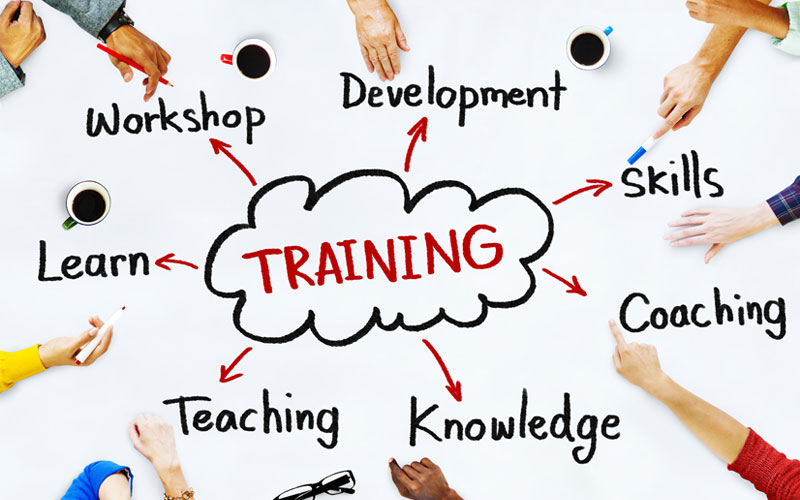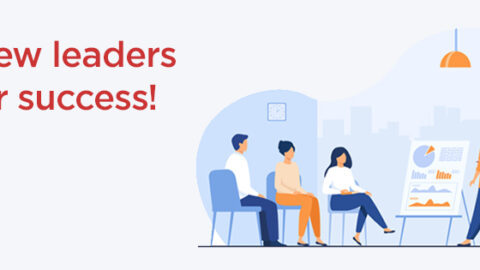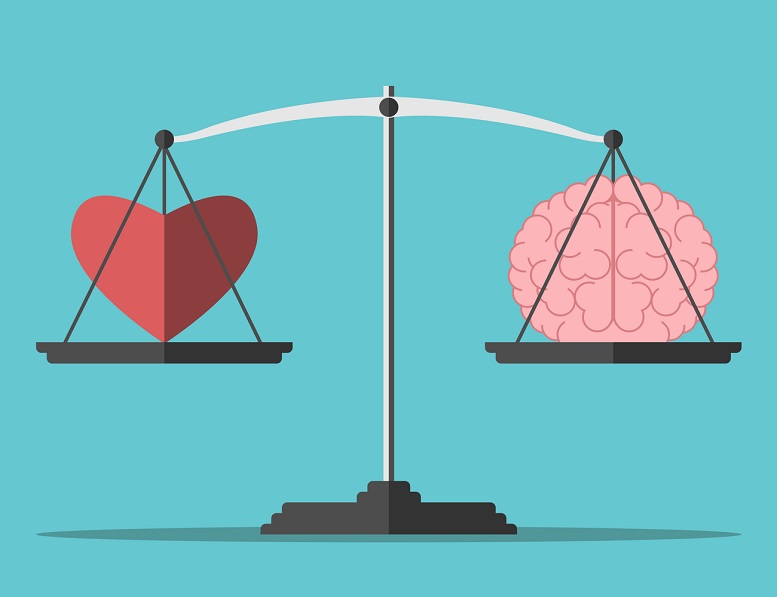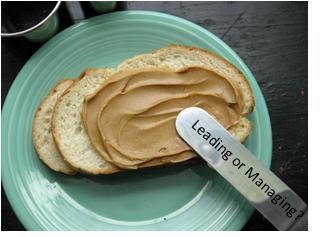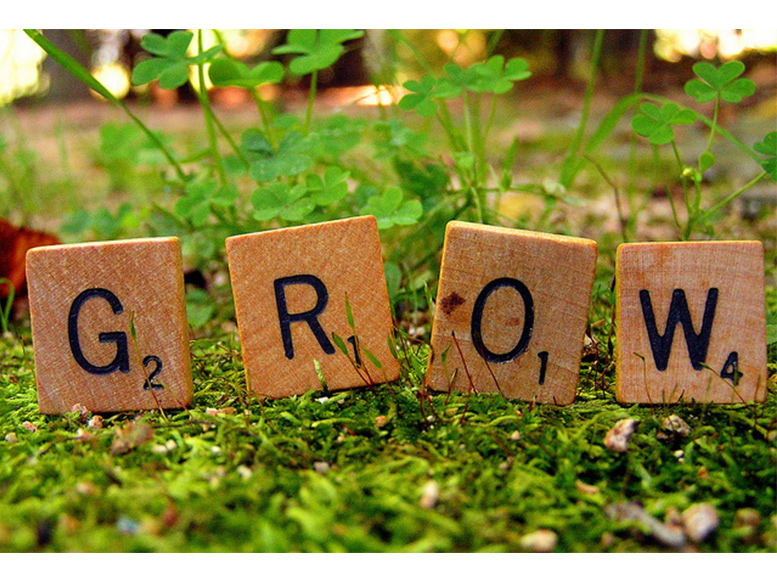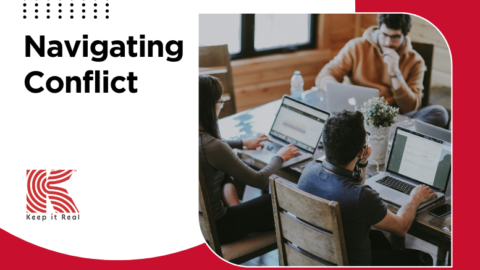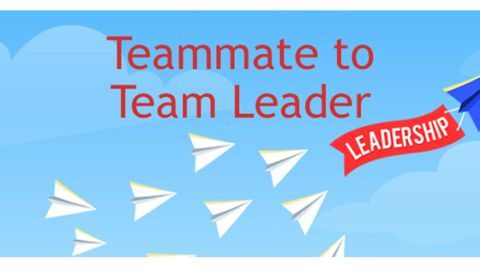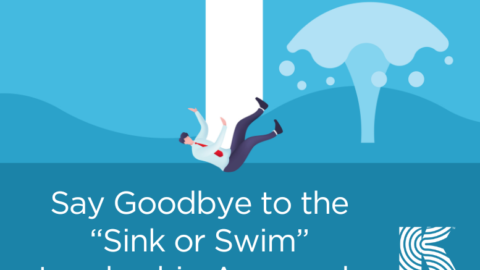As I work with leaders, teams and organizations to improve their effectiveness, it’s apparent that for many, learning and development has taken a back seat to, well, just getting the job done. Getting the product out…acquiring new customers…all while working lean and OVER-working everyone.
This is short-sighted and a sure-fire way to encourage top talent out the door. If you want to keep that talent and grow your business you’ve got to provide opportunities for your people to learn and grow. The best way to do that is by creating and implementing effective employee development plans. Here’s how.
Ensure roles and responsibilities are current and well-defined. Roles often morph over time as responsibilities expand or business needs change. This can be frustrating to the individual in the role – and detrimental to the team/organization – if training around new skill requirements and responsibilities isn’t included with the change. It’s also difficult to hire for, train for or promote someone into that role if you haven’t updated the current skills and responsibilities for the role.
Create career path outlines. People want to know what growth opportunities are available for them and what skills and experience they will need to move up in the organization. Create career path outlines for each job family to help employees build their personal development plans.
Make performance management an ongoing process. Organizations with a continuous performance process are 39% better at attracting top talent, and 44% better at retaining talent, according to Betterworks. The annual performance review – dreaded by managers, hated by employees – typically focuses on weaknesses, and rarely includes a development component. How inspiring is that? Effective performance management is a continuous process (not an event) and includes a development component that both builds on strengths and develops areas that are not a strength.
Develop for future needs. Development plans should take into consideration organizational goals and the skills and behaviors employees will need to contribute to achieving those goals. They should also take into account the skills and behaviors employees will need in the future to succeed (yes, even if it’s not in your organization). According to a report from the World Economic Forum, the top 10 skills in 2022 will be:
- Analytical thinking and innovation
- Active learning and learning strategies
- Creativity, originality and initiative
- Technology design and programming
- Critical thinking and analysis
- Complex problem-solving
- Leadership and social influence
- Emotional intelligence
- Reasoning, problem-solving and ideation
- Systems analysis and evaluation.
Consider employee goals and interests. It’s also essential that individual employee career goals and personal interests be taken into account in development plans. All too often employees have skills and talents that are under-utilized. Take the time to identify, develop and leverage those hidden talents and unspoken interests. Employees want to use their strengths and feel that they’re contributing to the organization in a meaningful way.
Creating, implementing and supporting development plans for your employees will not only help keep them loyal and engaged, it will ensure that your organization is ready for the challenges and opportunities of the future.
“Developing talent is business’s most important task – the sine qua non of competition in a knowledge economy.” – Peter Drucker
Till next time, keep it real.
Karen

